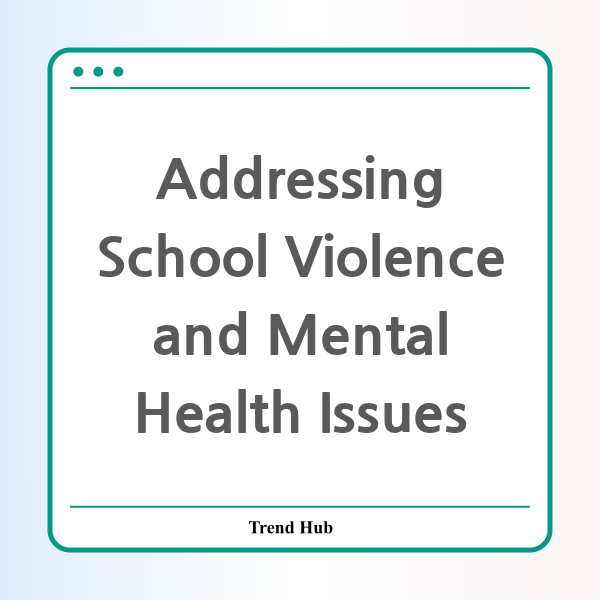* This website participates in the Amazon Affiliate Program and earns from qualifying purchases.

What drives a young person to consider acts of violence against their peers, especially in a school setting? This troubling question has resurfaced in light of a recent incident that nearly led to a devastating tragedy on Valentine's Day. The case of an Indiana teenager, obsessed with a notorious school shooter, has brought to light pressing concerns about mental health, bullying, and the overall safety of our schools.
In a small town where such incidents were thought to be unthinkable, authorities uncovered a plot that echoed the horrendous events of the Parkland mass shooting—an incident that has left scars on communities across America. The accused, an 18-year-old known as Trinity Shockley, had developed an unhealthy fixation on mass shooters, leading to charges of conspiracy to commit murder. But what fueled this obsession, and how can we prevent such incidents in the future?
According to police reports, Shockley’s mental state was significantly impacted by personal tragedies, including the death of their mother and experiences of severe bullying. This case underscores the ripple effect that trauma can have on young minds. Shockley reportedly struggled with feelings of guilt over the suicide of a drunk driver who had previously hit them, which contributed to a downward spiral of emotional distress.
Witnesses and school officials noted that Shockley had expressed disturbing thoughts about violence, even sharing specific plans with friends online. It’s alarming to consider that an anonymous tipster, alongside quick action from local law enforcement, was the key to averting what could have been another heartbreak for families and an entire community.
Critical to preventing such incidents is a proactive approach to mental health support within schools. The Mooresville Schools Superintendent emphasized the importance of maintaining a safe and nurturing environment, asserting that schools should always be places of belonging. Mental health resources should not only be available in times of crisis but should be integral to the school culture, encouraging open dialogue about emotional challenges students may face.
Moreover, anti-bullying initiatives must be strengthened to create a more inclusive atmosphere for all students. The stigma associated with seeking help can often prevent those in need from reaching out. It’s imperative that all students feel empowered to share their struggles without fear of judgment or retaliation.
While the actions of Shockley are deeply concerning, they also highlight the urgent need for communities to come together to support youth mental health efforts. Educational programs focusing on emotional intelligence, empathy, and conflict resolution can help cultivate a more compassionate school environment.
In conclusion, the incident involving Shockley serves as a sobering reminder of how quickly things can escalate when mental health issues are left unaddressed. As we reflect on the warning signs and circumstances surrounding this case, it is essential for parents, educators, and communities to collaborate on comprehensive strategies that prioritize mental health and foster a safe educational environment. By investing in our children's well-being today, we can work to prevent the tragedies of tomorrow.
* This website participates in the Amazon Affiliate Program and earns from qualifying purchases.